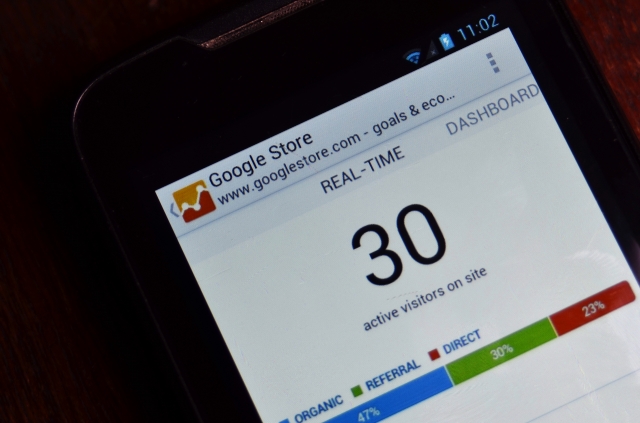 Google, back in April of 2015, drew a virtual line in the sand. And this line was all about mobile-friendliness. If a website did not cut it, it got cut.
Google, back in April of 2015, drew a virtual line in the sand. And this line was all about mobile-friendliness. If a website did not cut it, it got cut.
Some nicknamed it “mobilegeddon” and advised that if your site was not responsive or mobile-friendly, it had to get that way, and quickly. Google now has come out with mobile-first indexing. What exactly does that mean? Should we be panicking?
Google, in the past, indexed all content of your website’s desktop version to learn what your website was all about and organize it inside their database. Google currently is changing to first indexing your website’s mobile content. Therefore, as the crawlers hit your website, they’ll first index your mobile site then your desktop site.
What that means is that if there’s content available on a desktop version that isn’t on your mobile version, it might affect how your website is indexed. However, it isn’t mobile-only indexing; therefore, even if you do not have a website that is mobile-friendly, your website still can be indexed.
Google’s Mobile-First Index: Good News
If your website is responsive and contains the same content on desktop and mobile alike, nothing should change! That change won’t affect how your website is ranked; instead, it’ll affect how Google gathers your content. If the content is the exact same across the board, your rank should not change.
If you do not have a mobile-friendly site, you potentially should be concerned. Of course, you should’ve been worried back in the year 2015; therefore, let us crank that up a little. Google has said for years that content not deemed mobile-friendly won’t rank as well. If your site has yet to be up to speed, you should consider investing in a reputable web design company for small business.
Some things to consider:
- Google will be slowly rolling the new indexing, and your website possibly has not yet been re-indexed.
- Mobile page speed will be critical; therefore, ensure that your website loads rapidly for mobile.
Google’s Mobile-First Index: What to Do
First, visit Google’s mobile-friendly tester and ensure that your website is mobile friendly. That is your main priority. If your website already is, be certain that you’re showing precisely the same content on your desktop and mobile website, alike.
I’m a huge advocate for cutting parts of your desktop website to make your mobile version more user-friendly; however, that ought to mean cutting larger graphic components and additional sections/modules which are there for extra navigation or visual appeal, and not the content of the page. Make certain you’re also properly utilizing your H1, H2 etc. tags.
Google states that it’ll be notifying websites through Search Console as they’re migrating them to mobile-first indexing; therefore, you will see more alerts from the mobile Googlebot.
Also, your snippets might change as they’ll be produced from the mobile-content. To repeat, only a huge deal if you have different content between platforms.
Your Website Must Load Quickly
The 2018 mobilegeddon will be page speed, with Google stating that websites which load slowly might witness a loss of rank.
